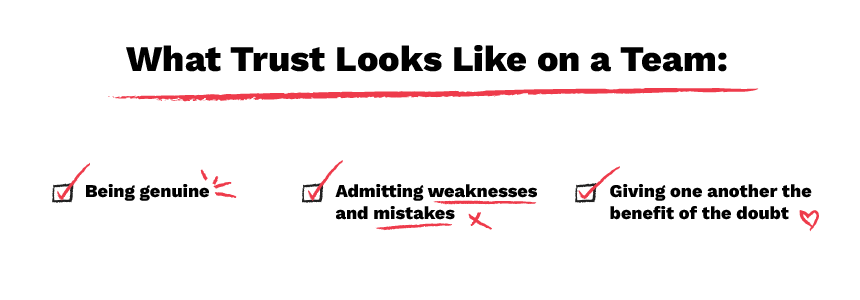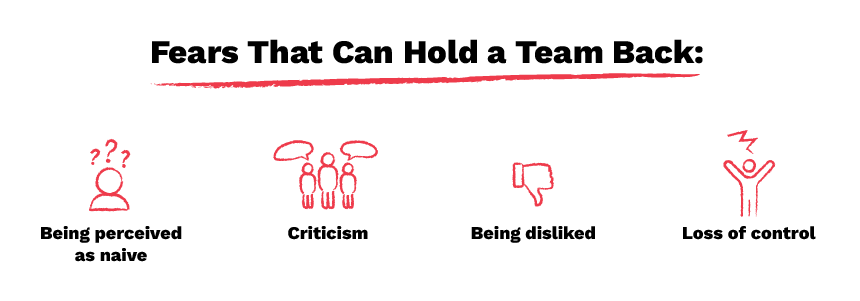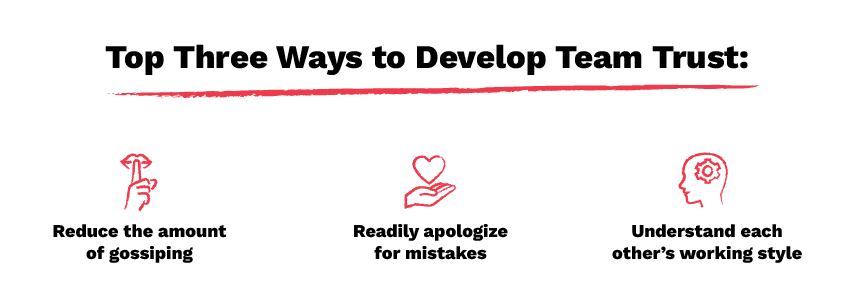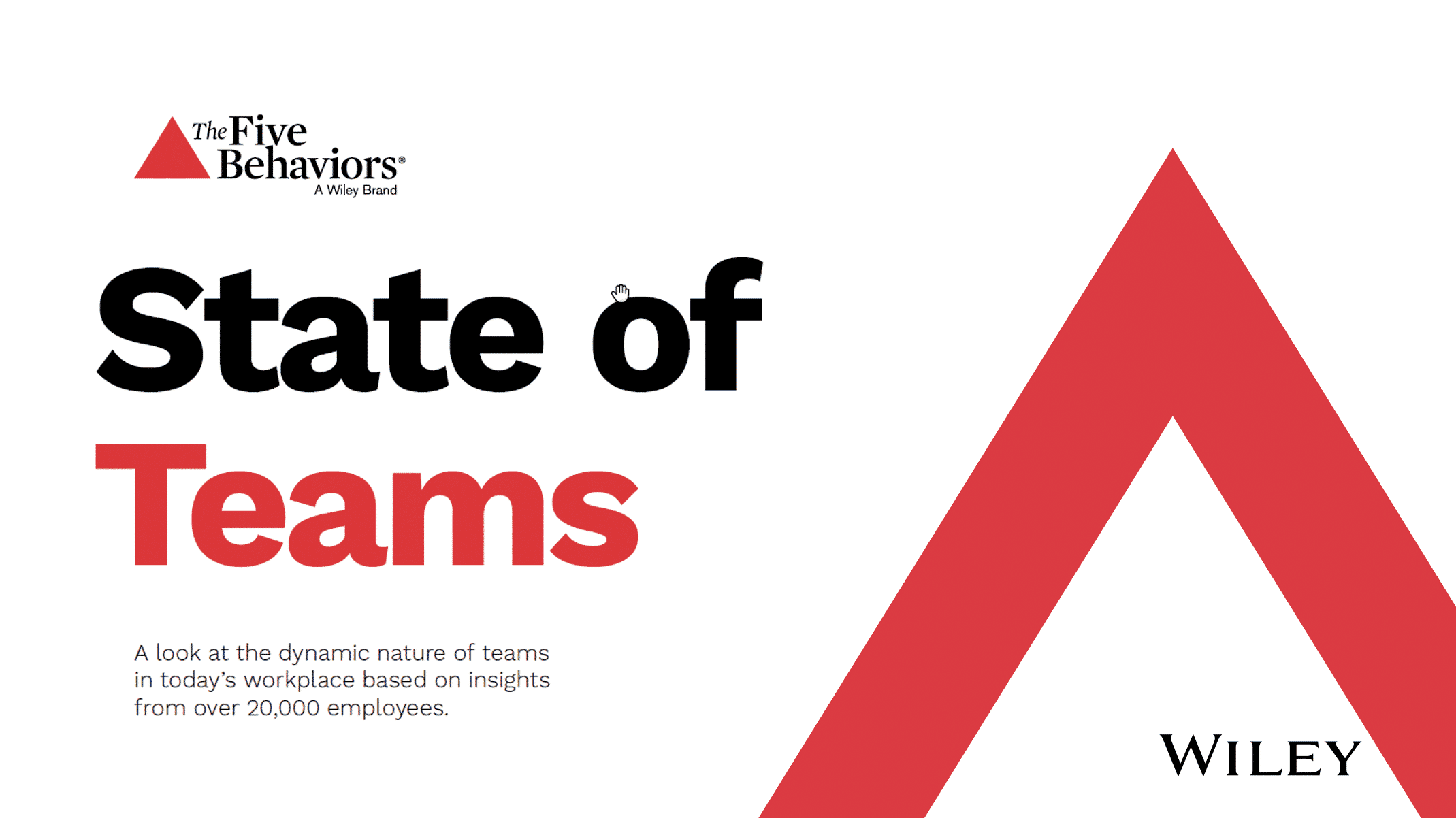
Establishing a Foundation of Trust
Trust is the foundation of The Five Behaviors®, and without it, the collaboration vital for team success becomes elusive. Trust requires vulnerability, the assurance that colleagues have each other’s backs, and confidence in one another’s intentions. By exploring the first behavior, as outlined by Patrick Lencioni in the New York Times best-seller The Five Dysfunctions of a Team, we’ll uncover the profound significance of trust within teams, unravel its dynamics, and examine its pivotal role in fostering a cohesive, high-performing team.
Here’s what Patrick Lencioni has to say about establishing vulnerability-based trust:
Defining Team Trust
When we talk about trust, we are not referring to the ability to predict someone’s behavior based on past experiences, genuine trust goes deeper. Rather, in the context of a cohesive team, trust means a willingness to be completely vulnerable with one another—to let down our guard, admit our flaws, and ask for help. It’s about being able to rely on someone not just because they’ve consistently behaved a certain way in the past, but also because they’ve demonstrated authentic commitment to the teams’ values. When team members are genuinely transparent and honest with one another, they can begin to build vulnerability-based trust.
Building Trust by Being Vulnerable
Vulnerability-based trust can only exist when we are confident that our peers have good intentions and that there’s no reason to be defensive or cautious around them. Without this type of trust, teams can waste time and energy concealing their weaknesses and mistakes, hesitating to ask for help, and assuming the worst about their teammates’ intentions and abilities.
When a team has vulnerability-based trust, they can channel their energy towards more productive tasks instead of managing their image. By utilizing the collective skills and support of the team, we can make our jobs easier and build a strong foundation for teamwork. Trust is demonstrated within a team through actions and behaviors that promote support and a shared sense of purpose. Team members who trust each other are more likely to openly share ideas, concerns, and feedback, creating an environment where everyone feels heard and valued.

However, building trust can be challenging due to fears and concerns that may hold us back. It’s crucial to be aware of these fears so we can start to overcome them. For instance, some team members may fear disapproval and may be hesitant to share their weaknesses or mistakes, as they want to maintain a positive image in front of others. Understanding why others struggle with trust can allow us to think about ways to help our teammates feel comfortable enough to let their guard down.

Taking Action to Build Vulnerability-Based Trust
Building team trust doesn’t just happen overnight. It requires time, shared experiences, and multiple instances of follow-through to establish credibility. Additionally, it is important to have an in-depth understanding of each team member’s unique attributes so you can work better together. However, some habits can help speed up the process of establishing vulnerability-based trust among teammates. For example, when teams readily apologize for their mistakes, it encourages others to do the same and it can improve trust and communication between teammates.

To build a truly trusting team, everyone, including the leader, needs to be willing to take risks. By being open and vulnerable, the team can create an environment where honesty, empathy, and understanding can thrive. This foundation allows individuals to feel safe sharing their thoughts, fears, and uncertainties, leading to stronger relationships and a more resilient, innovative, and cohesive team. When trust is celebrated as a crucial aspect of the team culture, it drives the group towards achieving greater success and fulfillment in their endeavors. Learn more about how The Five Behaviors can activate your team’s potential here.
You might also be interested in







